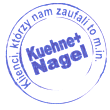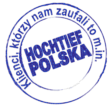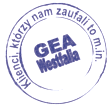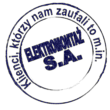The construction of forklifts
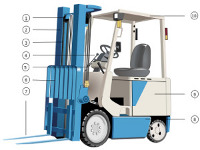
The forklift course includes all necessary information on the operator’s position including the data concerning the construction of typical forklifts- a forklift truck.
Forklifts are made of the following construction elements:
- the truck frame- respectively made of steel
- the undercarriage- i.e. wheels, usually three or four depending on the model of machine
- the engine- there are mainly low-compression engines supplied with diesel oil, the electric engine and the battery engine are also popular
- counterbalance- its main purpose is providing the appropriate load for a vehicle while transporting goods, it has the form of the steel block in the back part
- the mast- the part placed vertically in the front of the machine which allows to leave it, hoist it or tip the load
- forks- they are shaped in L letter and moved vertically with a chain. Forks can be changed into other type of equipment, for example adjusted to transport carton boxes, barrels
- the carriage- the faceplate of the truck which is installed to the mast, forks and the protective bar is installed to the carriage
- the protective bar- protects against sliding of the loads
- the safety bar- protects the operator against falling loads from the above
- the operator’s cabin- designed for operating the vehicle, a steering wheel, pedals, triggers which let operate the whole vehicle. The cabin is open but enclosed which causes that a person inside is safe against accidents.
Forklifts can also be equipped with other elements depending on its purpose. Driven trucks do not have the operator’s cabin, specialised trucks can have the extension arm designed for hosting heavy loads on higher levels.
Additionally, forklift courses include information connected with different types of forklifts, including those driven, platform ones, with chairs and remote controlled as well as with electric engines, battery engines, petrol engines and diesel engines.

















